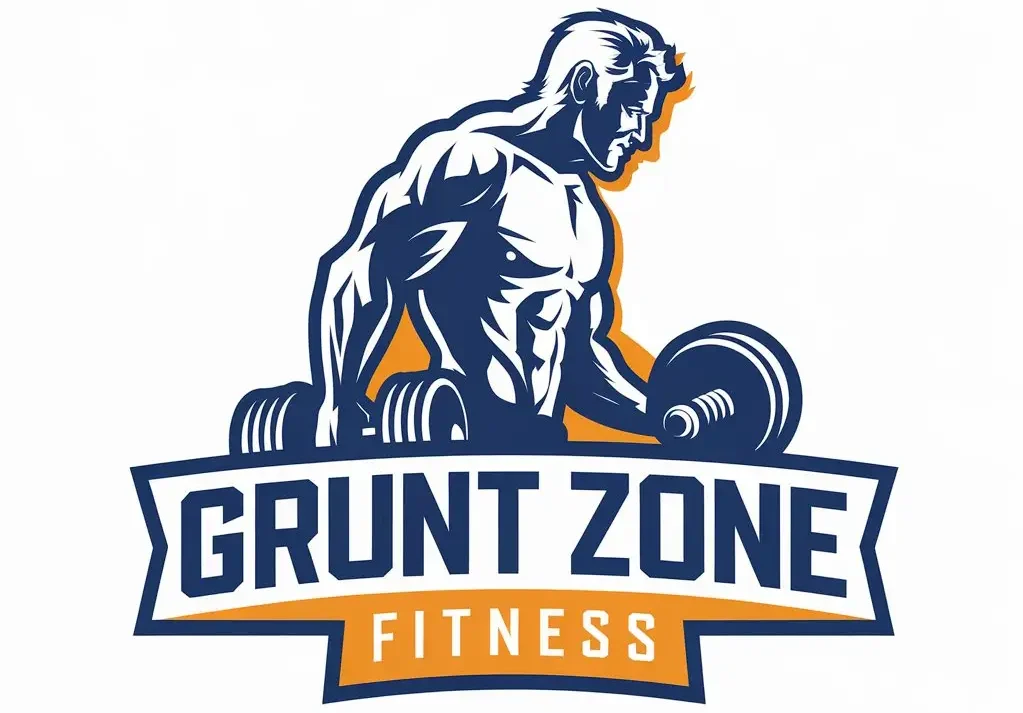
The bench press is a foundational strength exercise that targets the chest, shoulders, and triceps. For beginners and fitness enthusiasts in 2024, mastering proper bench press form is crucial for maximizing gains and preventing injury. With evolving training trends and a renewed focus on technique, learning how to do a bench press correctly can set the stage for long-term progress and safety. This guide delivers expert-backed, actionable steps to help you perform the bench press with confidence and effectiveness.
Understanding Bench Press Fundamentals
The Importance of Proper Bench Press Form
Proper bench press form is essential for both safety and performance. According to the National Strength and Conditioning Association (NSCA), incorrect technique is a leading cause of gym injuries, with bench press mishaps accounting for nearly 10% of reported weight room accidents in 2023. Maintaining correct alignment and movement patterns helps prevent shoulder strain and maximizes muscle engagement.
Key Muscles Worked
- Pectoralis major (chest)
- Deltoids (shoulders)
- Triceps brachii (arms)
- Serratus anterior and forearms (stabilizers)
Understanding which muscles are involved helps you focus on proper activation and avoid compensatory movements that could lead to injury.
Step-by-Step Guide to Safe and Effective Bench Press
Bench Press Setup
Setting up correctly is the foundation of a safe and productive bench press. Follow these steps:
- Lie flat on the bench with your eyes directly under the bar.
- Plant your feet firmly on the floor, slightly wider than hip-width apart.
- Grip the bar just wider than shoulder-width, using a full, closed grip.
- Retract your shoulder blades and keep your chest up.
- Maintain a slight natural arch in your lower back, but keep your glutes on the bench.
Executing the Lift
Once set up, focus on controlled movement:
- Unrack the bar and hold it directly above your chest with arms fully extended.
- Lower the bar slowly to your mid-chest, keeping elbows at a 45-degree angle.
- Pause briefly, then press the bar upward, driving through your feet and maintaining tension in your upper back.
- Lock out your arms at the top, but avoid hyperextending your elbows.
Expert coach Dr. Brad Schoenfeld emphasizes, “Tempo and control are more important than heavy weights, especially for beginners. Focus on quality reps to build strength and stability.”
Common Bench Press Mistakes and How to Avoid Them
Frequent Errors in Bench Press Form
- Flaring elbows out too wide, which increases shoulder stress.
- Bouncing the bar off the chest, risking injury and reducing muscle activation.
- Allowing the lower back to overarch, straining the lumbar spine.
- Failing to maintain a stable foot position, leading to loss of power and balance.
According to a 2024 survey by the American Council on Exercise, 62% of beginners report at least one form-related error in their first month of bench pressing. Addressing these mistakes early can prevent setbacks and build confidence.
Tips for Consistent Progress
- Film your lifts or ask a knowledgeable spotter for feedback.
- Warm up thoroughly with dynamic stretches and lighter sets.
- Gradually increase weight, prioritizing form over load.
- Include accessory exercises like push-ups and dumbbell presses to reinforce technique.
Adapting Your Bench Press for 2024 Trends
Embracing New Training Approaches
In June 2024, many lifters are incorporating tempo training and variable resistance (such as bands or chains) to challenge muscles throughout the range of motion. These methods can enhance strength and stability but should only be attempted once basic bench press form is mastered.
Addressing Common Questions
- How often should I bench press? For beginners, 1-2 times per week allows for adequate recovery and skill development.
- Should I use a spotter? Yes, especially when lifting heavy or learning new techniques. A spotter ensures safety and can provide valuable feedback.
- Is barbell or dumbbell bench press better? Both have benefits; barbell bench press allows for heavier loads, while dumbbells improve unilateral strength and stability.
Conclusion: Building Strength with Safe Bench Press Technique
Mastering the bench press is a rewarding journey that starts with proper form and a focus on safety. By following expert guidance, avoiding common mistakes, and adapting to current training trends, you can achieve consistent progress and reduce your risk of injury. Remember, quality reps and gradual progression are key. Stay informed, seek feedback, and enjoy building strength with every session this summer.

